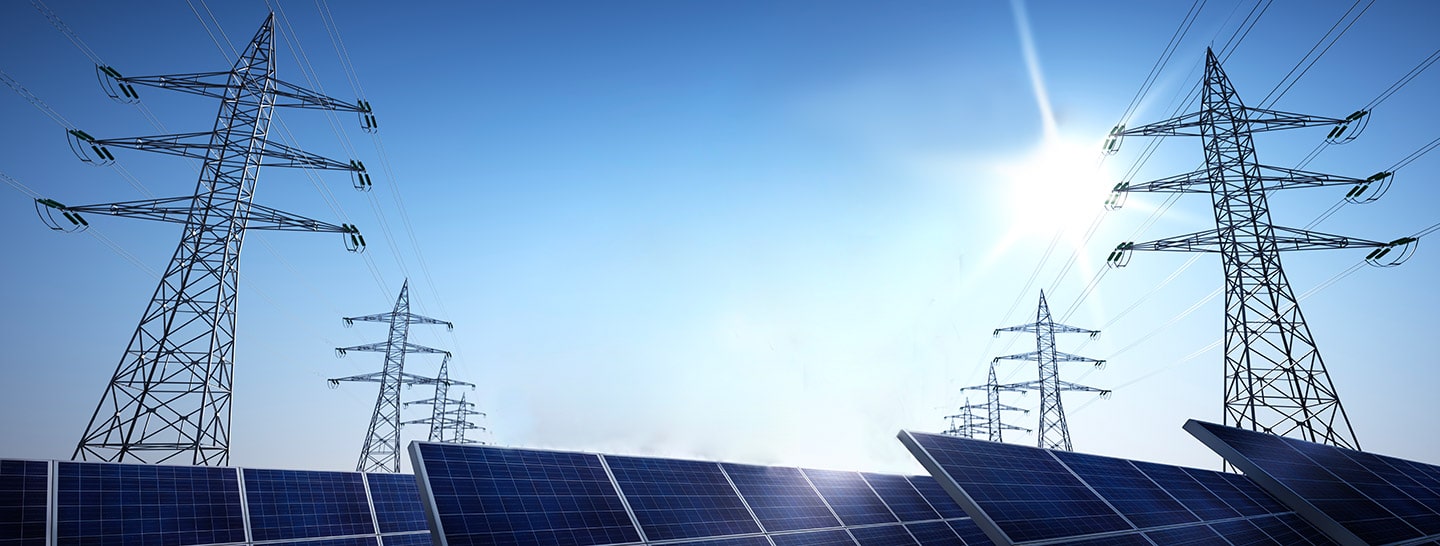While cities cover 3% of the Earth’s land surface, they create more than 70% of all the carbon emissions that lie at the root of our planet’s looming climate crisis. To keep global temperature increases to 1.5°C or below, cities must achieve net-zero emissions by mid-century. To do that, they must make everything — from factories and homes to transportation and consumer devices — more energy efficient and interconnected.
In other words, every urban area must become a smart city with smart energy infrastructure that tracks and communicates crucial information — such as power consumption levels and environmental monitoring data — in real time.
This is where our smart city solutions come in. Enel X’s smart public lighting is connected to a digital platform that integrates information from sensors that can, for example, assess air quality and pollution levels in different parts of the city at the same time.












